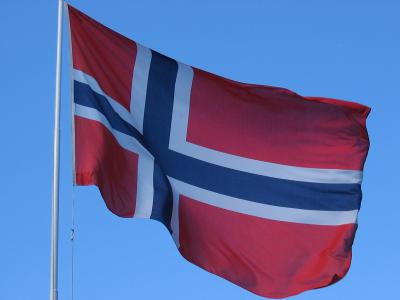The recovery rate for non-hazardous waste reached 81 per cent in 2013. Material recovery comprised 34 per cent, while energy recovery counted for 36 per cent.
According to the agency, economic growth, or growth in production and consumption, is the key driving force behind waste volumes in Norway. Larger homes, higher housing standards, frequent decoration and reconstruction, and increased spending on furniture and household appliances are typical examples of how affluence generates waste. There is more and more hazardous waste from consumer goods such as computers and mobile phones.
However, with more waste recovery, the quantity of waste delivered for final disposal has declined, and releases from waste treatment have been reduced in recent years.
Waste management is regulated in various ways, and there is interplay between regulation at central and local levels. The central government authorities set the general framework, leaving municipalities and industry with a relatively free hand to design local collection and treatment solutions.
Important waste policy instruments
The authorities have put in place a number of instruments (e.g. legislation, taxes, and economic incentives) targeted at the municipalities, business and industry. The most important waste policy instruments are:
• municipal responsibility for household waste
• business and industry responsibility for dealing with the waste they generate, including the collection and appropriate treatment of certain types of waste products, such as ee-waste, packaging, cars, tyres, batteries, lubricant oil and PCB-windows
• regulation of landfilling and incineration according to EU legislation
• tax on final disposal of waste to landfills
• waste management plans as a mandatory element of all building projects, as part of municipal administrative procedures
• ban on landfilling of biodegradable waste from 1 July 2009
The instruments in the waste area contribute in a positive direction, particularly in relation to achieving reduced emissions from waste treatment. More stringent requirements, for example, provide better control of runoff of hazardous substances from landfills. The effect of the policy instruments is expected to increase. This particularly applies to initiatives that require re-adjustment by the municipalities, businesses, and a change in people’s habits and customs.







